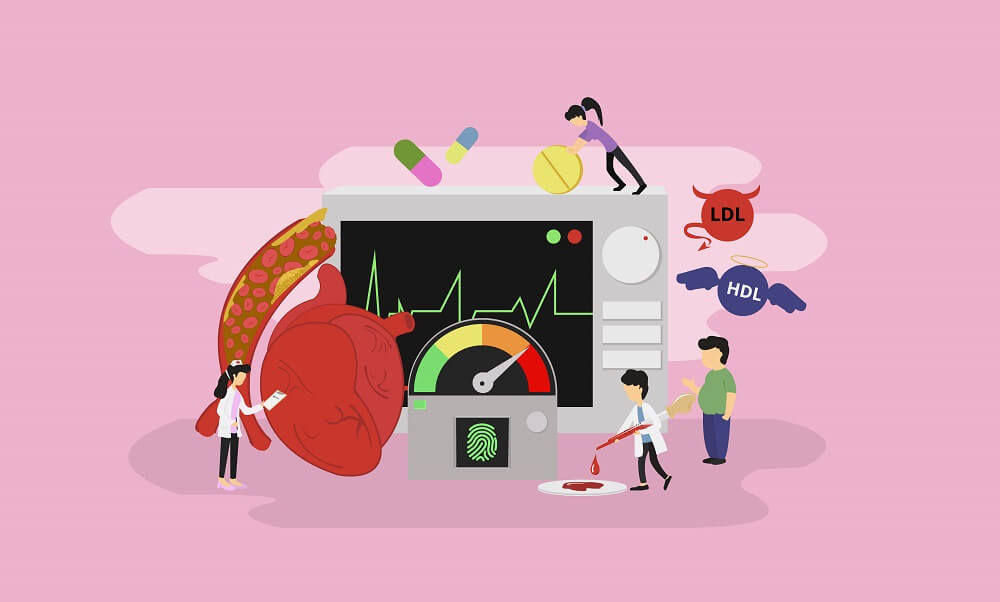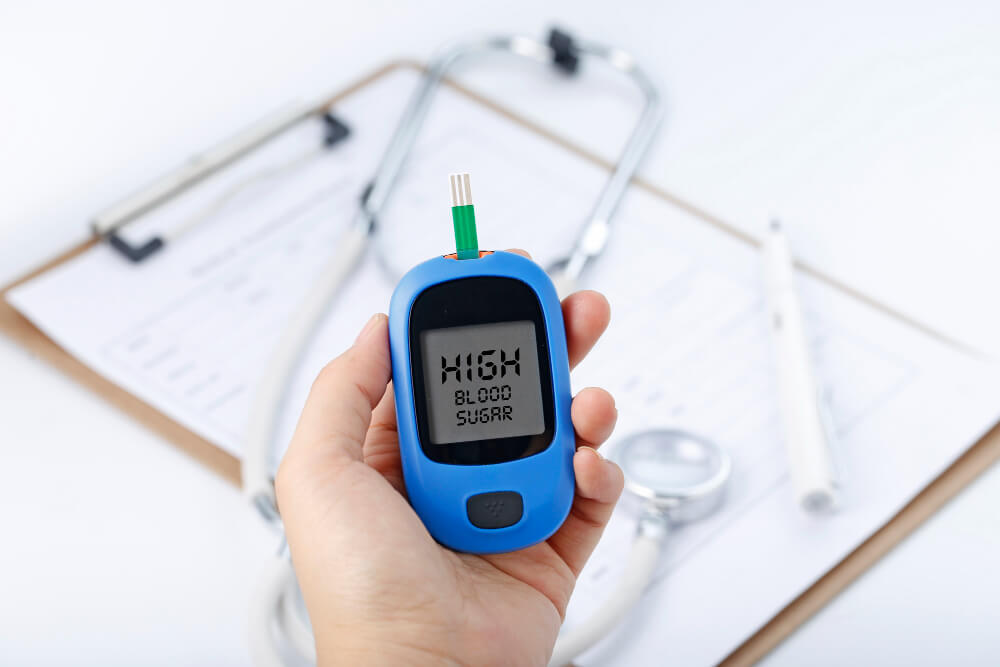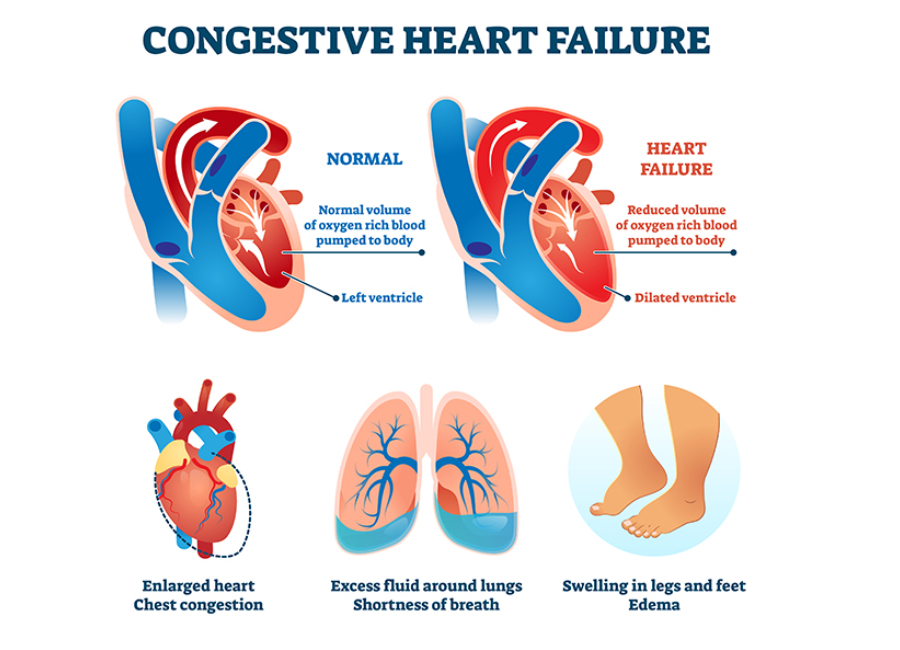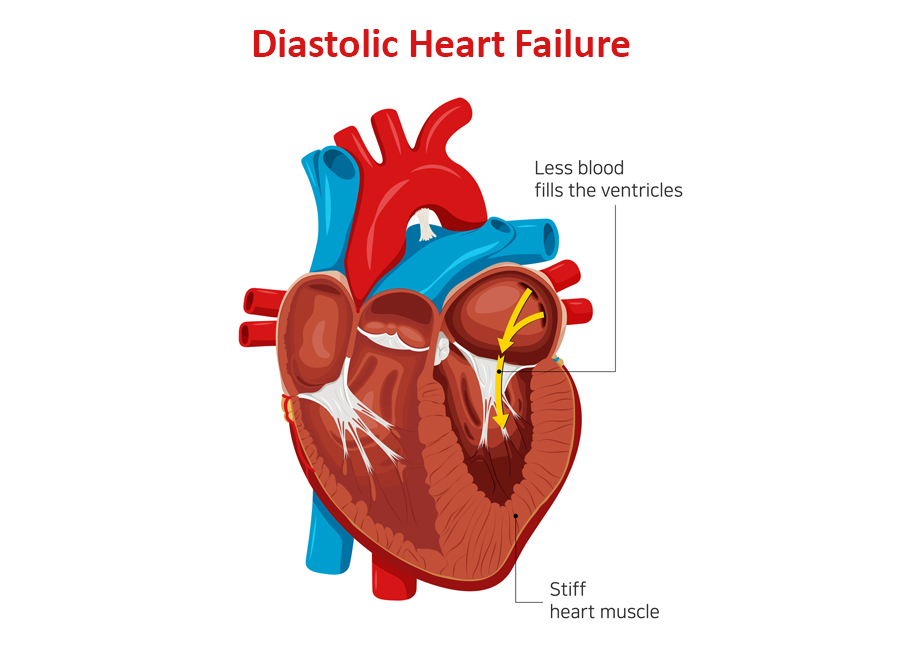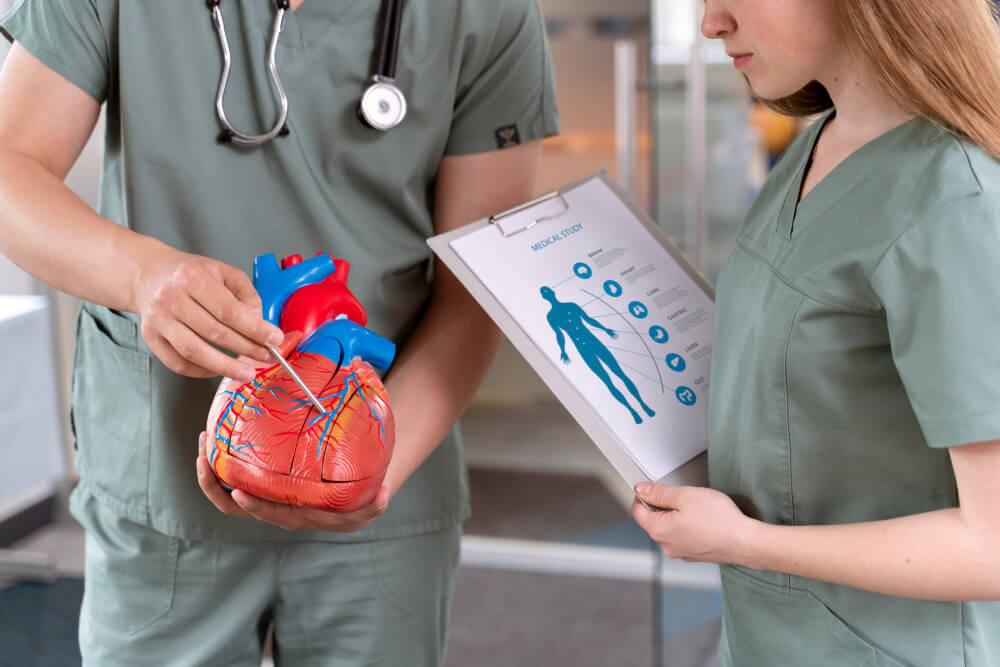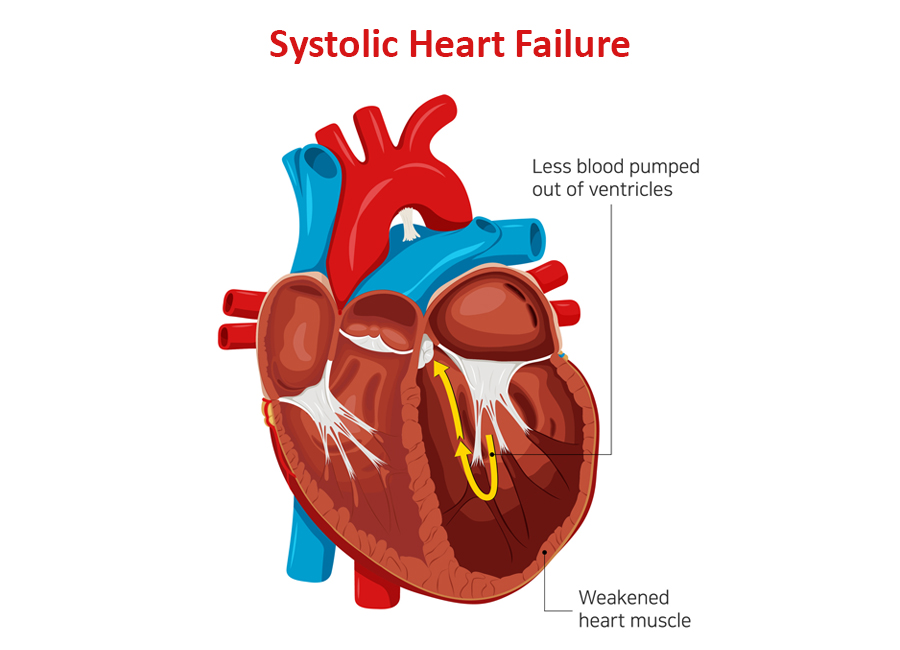Cardiovascular health is intricately linked to lipid management, and effective strategies for lipid-lowering play a pivotal role in preventing cardiovascular diseases.
diabetes | Dr Raghu
Diabetes mellitus and heart disease often go hand in hand, presenting a challenging and complex scenario for patients and medical professionals alike.
Heart disease remains a significant global health concern, accounting for a considerable number of deaths worldwide. While it is well known that factors such as high blood pressure, high cholesterol levels, and obesity can contribute to heart disease.
Heart disease is one of the major causes of death worldwide, and many factors increase its risk. These include high blood pressure, smoking, high cholesterol levels, obesity, physical inactivity...
Obesity is a significant public health issue that has reached epidemic proportions globally. It is a condition characterized by a body mass index (BMI) of 30 or higher. BMI is calculated by dividing a person's weight in kilograms by their height in meters squared.
Diabetes mellitus is a chronic condition that affects more than 37 million Americans. By 2030, the disease will likely be prevalent in 1 in 10 people worldwide. Often known as a silent killer, diabetes can lead to life-threatening health complications if left untreated.
Prolonged diabetes can damage various organs of the body, including the eyes, kidneys, and skin. Also, it can lead to nerve damage (a condition known as diabetic neuropathy). However, one of the most catastrophic complications of diabetes is an increased risk of heart disease.
In this article, we’ll take a closer look at the link between diabetes mellitus and heart disease. Also, we’ll discuss how people with diabetes can lower their risk of developing cardiovascular diseases. Let’s get started.
Diabetes Mellitus and Heart Disease: Understanding the Connection

When an individual has diabetes, their body doesn’t metabolize glucose properly, which leads to elevated blood glucose levels. The excess sugar in the blood can stick to the walls of blood vessels, thus damaging and narrowing them. Also, diabetes causes damage to the nerves that control the cardiovascular system.
That, in turn, requires the heart to work harder to pump blood throughout the body. Ultimately, it can result in chronic conditions, such as coronary artery disease and heart failure. Diabetes can also increase the likelihood of blood clots, thus leading to heart attacks and strokes.
It’s also worth noting that most people with diabetes also have other underlying conditions, such as hypertension and high cholesterol levels. That, in turn, increases the risk of cardiovascular diseases.
On the other hand, a history of heart disease also increases your predisposition to diabetes mellitus. That’s because most people with cardiovascular ailments have pre-existing conditions, such as high blood pressure and obesity, which are linked to increased diabetes risk.
Minimizing the Risk of Heart Disease
Once you realize the close link between diabetes and cardiology, it’s easy to feel overwhelmed. The good news is that many of the techniques to manage and treat diabetes also help keep heart disease at bay.
Here are a few tips to help you get started:
Control Blood Sugar Levels
It’s crucial to undergo regular HbA1c and fasting blood glucose tests to monitor your blood sugar levels. You can even use a glucometer to test your blood glucose levels at home. Also, consult a diabetes mellitus specialist to understand whether you need to take any medications or insulin injections to keep your blood sugar levels in check.
Maintain a Healthy Body Weight
Being overweight or obese is a risk factor for both diabetes mellitus and heart disease. That makes it crucial to control your body weight. If you have a higher body mass index (BMI), consult a fitness expert or nutritionist to create a holistic weight loss plan.
Embrace a Balanced Diet
A balanced, nutrient-rich diet will help maintain your blood sugar levels and facilitate weight loss. Also, it can help keep your blood pressure and cholesterol levels in check. Avoid sugar-rich packaged and processed foods. Instead, include more fruits, vegetables, and whole grains in your diet. It’s a good idea to consult a nutritionist for a DASH or Mediterranean diet plan.
Get Regular Exercise
Exercise offers several health benefits, including weight control and emotional well-being. You can work out at the gym, go for occasional hikes, or try doing yoga. The key is to incorporate some kind of physical activity into your daily routine.
Besides these measures, you should also get your blood pressure and cholesterol regularly checked. Talk to your doctor to understand whether you need to take any medications, such as beta-blocker or statins, to lower your risk of diabetes complications further.
Safe diabetic medicines for heart disease individuals
Conclusion
There is a clear link between diabetes mellitus and heart disease. People with diabetes are at an increased risk of developing heart disease due to the effects of high blood sugar on the blood vessels and heart. Proper management of diabetes and heart disease risk factors is essential to prevent the development of heart disease in people with diabetes.
Dr. C Raghu is an eminent cardiologist based in Hyderabad. If you or anyone you know has been diagnosed with diabetes and is at risk of developing heart disease, feel free to book a consultation with Dr. Raghu today.
Book Online Consultaion
Diabetes Mellitus and Heart Disease Blog
Subscribe the Hearty Life Blogs
Diagnosing heart failure involves a combination of physical examination, blood tests, and non-invasive procedures like X-rays and ECG.
In our previous articles, we’ve discussed the symptoms of heart failure and the steps to diagnose the same. However, the course of treatment varies for every patient based on the type of heart failure they’ve developed.
Depending on the part of the heart’s pumping cycle that’s been affected, there are two types of heart failure. In this blog, we’ll take a closer look at diastolic dysfunction and its symptoms.
What Causes Diastolic Dysfunction?
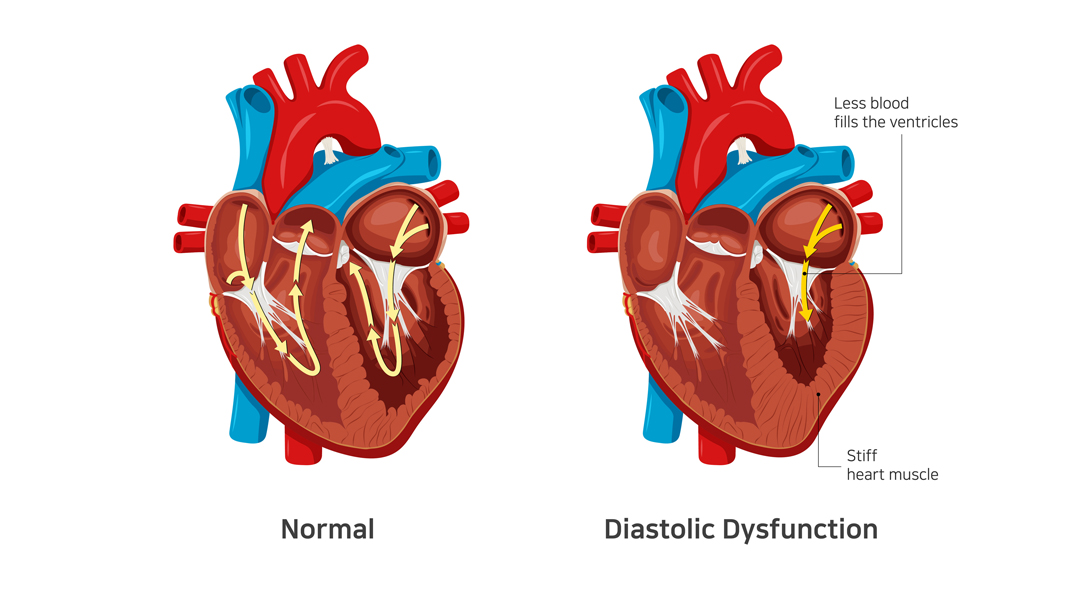
The diastolic phase refers to the part of the heart’s pumping cycle when the ventricles (lower chambers) relax and let blood flow in from the atria (upper chambers). Diastolic dysfunction is a condition in which the ventricles don’t relax enough. That, in turn, prevents the normal amount of blood from entering the heart.
Diastolic dysfunction is caused when the heart muscles become thicker and stiffer than usual. It’s more common in older women with hypertension and diabetes. If left untreated, it can lead to diastolic heart failure (also known as heart failure with preserved ejection fraction).
Related : Understanding Congestive Heart Failure Symptoms
What Does Preserved Ejection Fraction Mean?
Ejection fraction refers to the volume of blood pumped out from the heart’s left ventricle with each contraction. For a healthy heart, the number falls in the range of 55% to 65%. A lower ejection fraction is one of the most common indicators of heart failure.
However, it’s worth noting that many people with diastolic dysfunction have an ejection fraction of 50% or more (which is known as preserved ejection fraction). That means the left ventricle expels an adequate amount of oxygenated blood.
However, the heart muscle doesn’t relax enough to let a sufficient quantity of blood in. That, in turn, causes the excess blood to back up in the lungs and results in fluid buildup in the feet and abdomen.
How to differentiate systolic from diastolic dysfunction ?

In contrast to systolic dysfunction where the heart muscle is “weak”, in diastolic dysfunction the heart is “stiff”. This means that the heart is unable to pump blood out of the heart in systolic dysfunction whereas the heart is unable to accept further blood in diastolic dysfunction. Both conditions lead to congestion or fluid accumulation in various organs of the body. Differentiation of heart failure from systolic and diastolic dysfunction is not possible as both diseases present with similar symptoms.
Which conditions lead to Diastolic dysfunction?
- Diastolic dysfunction appears consequent to uncontrolled or long-standing diabetes
- Hypertension
- Obesity as well as elderly people
- Women and atrial fibrillation
The best way to prevent and treat diastolic dysfunction is by effective control of the diseases mentioned above.
Symptoms of Diastolic Dysfunction
The most common symptom of diastolic dysfunction is congestion and shortness of breath due to the buildup of blood and fluid in the lungs. Breathing difficulties can get particularly worse during exertion or when lying.
Other symptoms of diastolic dysfunction include:
- Coughing and wheezing (due to lung congestion)
- Loss of appetite and nausea (due to fluid buildup around the liver and in the stomach)
- Swollen feet, legs, and abdomen (due to fluid accumulation)
If you experience any of the given symptoms, it’s crucial to consult a doctor for a proper diagnosis.
Treatment of Diastolic Dysfunction
Treatment of diastolic dysfunction involves a combination of medications (diuretics or water pills) and lifestyle changes. In severe cases, a patient might need left ventricular assist devices or a heart transplant.
Is Diastolic Dysfunction Serious?
In the long run, diastolic dysfunction can lead to diastolic heart failure. That, in turn, increases your risk of hospitalization and death. Therefore, you should pay close attention to your symptoms and reach out to a doctor whenever you notice anything unusual.
Dr. C Raghu is a renowned cardiologist who specializes in interventional cardiology. He has decades of experience in treating patients with different heart conditions. If you or anyone you know has developed symptoms like shortness of breath, swollen feet, loss of appetite, etc., contact Dr. Raghu to explore your treatment options.
Book Online Consultaion
What Are the Symptoms of Diastolic Dysfunction ? – Blog
Subscribe the Hearty Life Blogs

DR. RAGHU | Best Cardiologist in Hyderabad
Cardiology Coronary, Vascular and
Structural Interventions
Conditions & Diseases
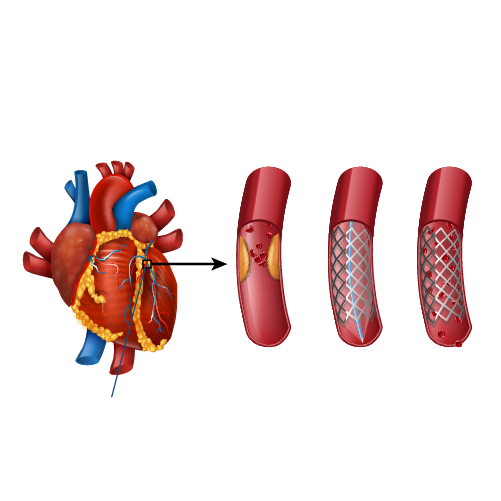
Angioplasty

Aortic Stenosis
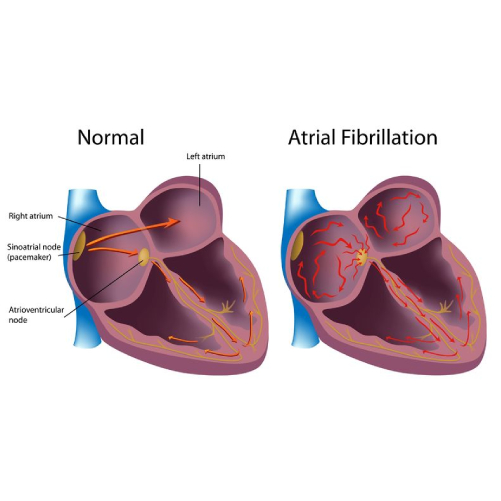
Atrial Fibrillation

Atrial Septal Defect
Heart failure refers to a condition where the heart is unable to pump blood throughout the body with maximum efficiency. It’s usually the result of progressive weakening, thickening, or stiffening of the heart muscles.
Heart failure is a common condition with no known cure. However, proper treatment can control the disease progression and thus improve a patient’s quality of life and longevity. To decide the proper course of treatment, a doctor must first determine the type of heart failure a patient has developed.
Depending on the part of the heart’s pumping cycle that’s been affected, heart failure can be of two types – diastolic and systolic. You can learn more about the symptoms, causes, treatment of diastolic dysfunction and differentiation from systolic dysfunction in our previous article.
In this blog, we’ll delve deeper into systolic heart failure and understand its causes and symptoms.
Systolic Heart Failure: A Closer Look
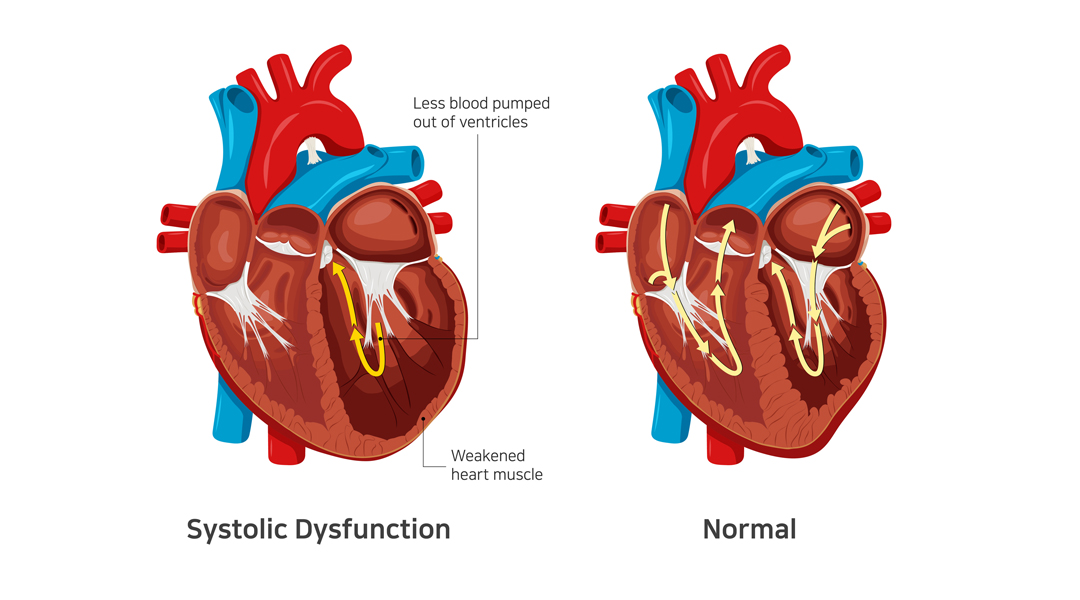
Systolic heart failure occurs due to a problem in the heart’s contraction (or systolic) phase. It’s characterized by stretching and weakening of the left ventricular muscle, due to which the heart pumps out less oxygenated blood to the body.
It’s also known as heart failure with reduced ejection infraction. As the condition worsens, it can also weaken the right ventricle and take a toll on its pumping power too.
Related: What Are the Symptoms of Diastolic Dysfunction?
Causes of Systolic Heart Failure
Systolic heart failure is caused by underlying medical conditions that damage the left ventricle. The most common causes include :
- Hypertension (the left ventricle has to use increased pressure to pump blood through the body)
- Coronary artery disease (buildup of cholesterol in the arteries) – with or without a heart attack.
- Dilated cardiomyopathy (weakening of the left ventricle due to an infection or long-term exposure to alcohol and narcotics)
- Abnormal heart rhythm (also known as atrial fibrillation)
- Previous heart attack
Additionally, people who are older or have diabetes are at a higher risk of developing systolic heart failure.
Related: Understanding Congestive Heart Failure Symptoms
Symptoms of Systolic Heart Failure
In systolic heart failure, an adequate amount of oxygen-rich blood doesn’t reach all organs. The most common indicator of the condition is a lower ejection fraction.
It can result in the following symptoms:
- Breathlessness – initially on exertion and in later stages even at rest or lying down.
- Swelling of feet, face, abdomen – due to fluid accumulation in various organs
- Engorged and pulsatile neck veins
- Confusion (due to a lack of oxygen supply in the brain)
- Weight gain (due to a buildup of excess fluid in the body)
- Fatigue (due to reduced blood supply to the muscles)
- Pale or bluish skin tone (due to restricted blood supply to the skin and other vital organs).
Diagnosis and Treatment Options
Typically, a doctor prescribes various tests, such as chest X-ray, ECG, and echocardiography, to diagnose systolic heart failure and its root cause. The treatment plan depends on the underlying cause.
In most cases, systolic heart failure is treated using one or more of the following medications:
- Beta-blockers
- Diuretics or water pills
- ACE inhibitors
- Digoxin
- Anticoagulants
Additionally, doctors recommend a healthy diet and lifestyle changes to improve cardiac health and manage underlying conditions, such as hypertension and diabetes.
Related: Diagnosing Congestive Heart Failure
In Conclusion
If left untreated, systolic heart failure can damage vital organs and even lead to death. It’s crucial that patients watch out for symptoms like swollen feet, mental confusion, and bluish skin color and seek medical treatment at the earliest.
Dr. C Raghu is an experienced cardiologist who specializes in interventional cardiology and TAVR. If you or anyone you know is experiencing symptoms of systolic heart failure, connect with Dr. Raghu for proper diagnosis and treatment.
Book Online Consultaion
What Is Systolic Heart Failure ? – Blog
Subscribe the Hearty Life Blogs

DR. RAGHU | Best Cardiologist in Hyderabad
Cardiology Coronary, Vascular and
Structural Interventions
Conditions & Diseases

Angioplasty

Aortic Stenosis

Atrial Fibrillation




